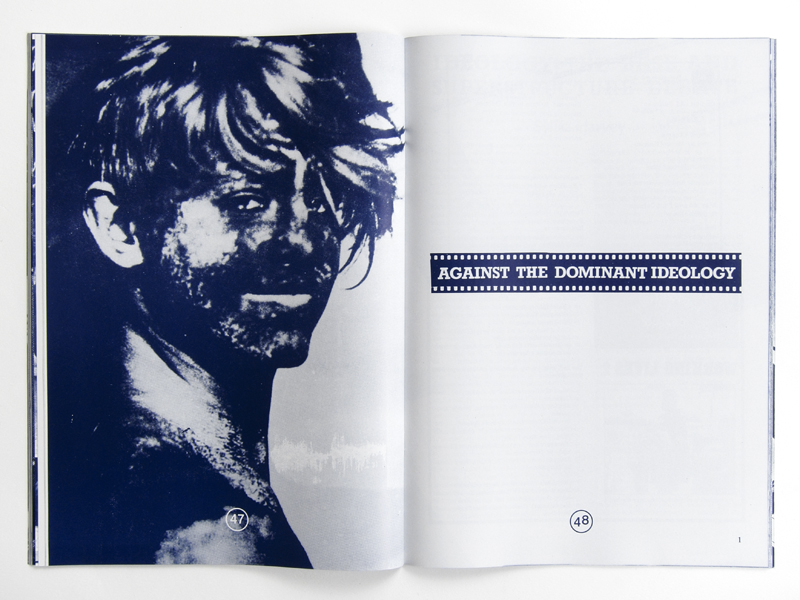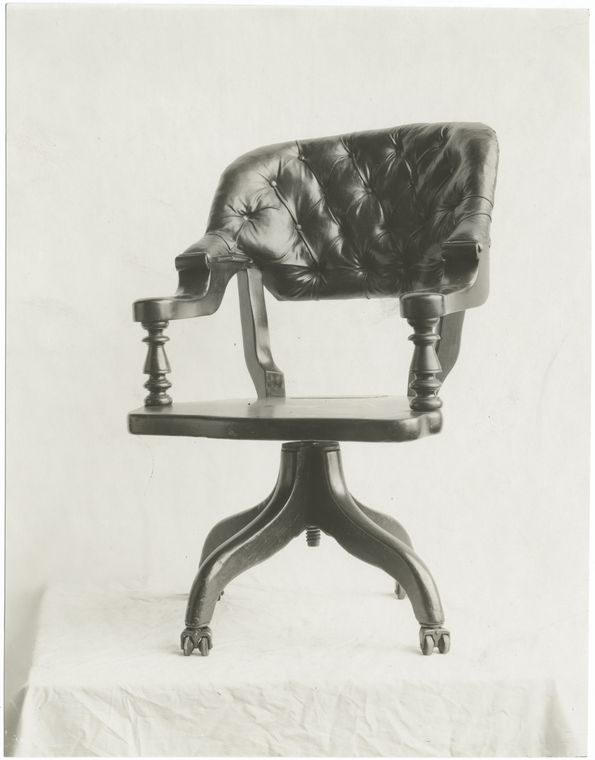Rooibos tea.
About redness in tea. green leafs that dries and take all ascorbic acid away with it, from rudeness that expanded into a settler colony, to a tea latte in a wine glass in jan evertsenstraat. an exploited small mountainous area in cape town , to the Boston tea party that made the biggest tea pot in the sea, I see myself enjoying the last sips of an endemic Fabaceae going to extinction by the time I graduate rietveld.
GROPIUS.
if clarity is a key tea peculiarity, if metal doesn’t dander in the friction of an almost boiling glass, if the pinky in the air connotes elitism in an anti Bourgeois sphere, if tea cups are in maximum efficiency and simplicity, if the ottomans didn’t invaded the world, if the word design is aware of its meaning, not meaning, and if the cup handle is not a cup handle but an artificial cup hand.
WHAT IF GROPIUS HAD THE ULTIMATE ROOIBOS TEA IN THAT TEA CUP?
Would he have died in his sleep?
Cup.
Does a cup knows it’s a cup? does a cup like its particular shade? does it knows its position? is it aware of it? I asked a woman from the Boston tea party about this, she said: ”No taxation without representation!”.
I think I like transparency.
Airplane.
I went on a small 2 days vacation, to come to realizes in the first 3o min on the airplane that I was dinning in west, they gave us cake as the whole dinner meal, and people were clapping when they were done, then the famous exotic pride came after as a rare gem to wash our throats with the over exploited capitalism’s favorite post colonial flavour ROOIBOS…
What Is The Context?
Well well well, what is not? if potatoes not butter, if butter not cake, let them eat cake! or shell we find some blueberry and make ourselves ink to write on the bathrooms walls and call it vandalism, and stand next to all the isms and SCREAM”. IS IT BETRAYAL, OR ARE WE WRITING FUTURE HISTORY!”
Let them vandal aren’t we all vandalizers.
Taste.
Ummm what does it taste like?
it taste like you my love.
Do you think it tastes like the future?
oh wait, it taste like dancing in fields of yellow flowers on a midday, not so hot mid day.
Do you taste the anxiety?
it smells like their boots.
I am worried.
Did the flavor change?
Stairs:
she get dizzy every time she go down the stairs, then she forget what she was thinking about. A law of intolerable acts maybe to prevent making a tea pot enough for everyone. Is for everyone? where did you get the tea from? they go or not go to Cape Town, bring or not bring the herb, the red herb! Is it a flower or or another victimized commodity?
sound:
Manner to not sip laud, a loud sip is to care less. does it depends on the cup, or a glass cup, or cups as glass. Lauder it was as an aquarium bubbling around tiny depressed fishes in a capitalist reality. They knew, fishes signed the petition, the petition was signed for an idea that was stolen from beyond and beyond the idea that was stolen there was an idea of a stolen idea, stolen from an idea that though it will never be stolen, there was the thief that stole the stove, the stove that they made the rooibos tea on, the same tea that he might drank while making that famous teacup, that same transparent love story that was broken after making a tea that was so hot, so hot that never a human drank it ever.
Teaparty.
A card is thickened paper and a paper is a thinned tree, how can we sustain if we can’t obtain alternation for consumption mania, fixating their future. Tea parties, tea breaks, smoke breaks, call them or not, They gather and discuss all what is so important and not, they assumed and forgot, we are the bitter, but what!
Kanteen.
It was early, early it was, coffee was wondering by herself on the table, on a sugary really sweet pink new paper publication sheet of paper. I poured, poured and poured In that sad paper not paper cup, and throw it in the bin, not so a bin, plastic bin, aren’t we plastic bins after all .

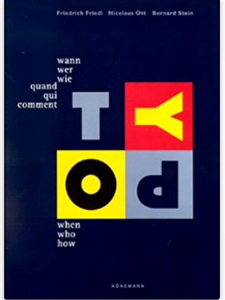
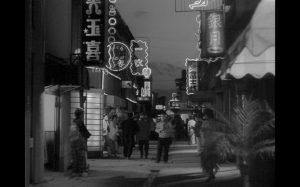
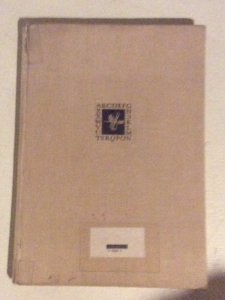
 This is honey.
This is honey.

